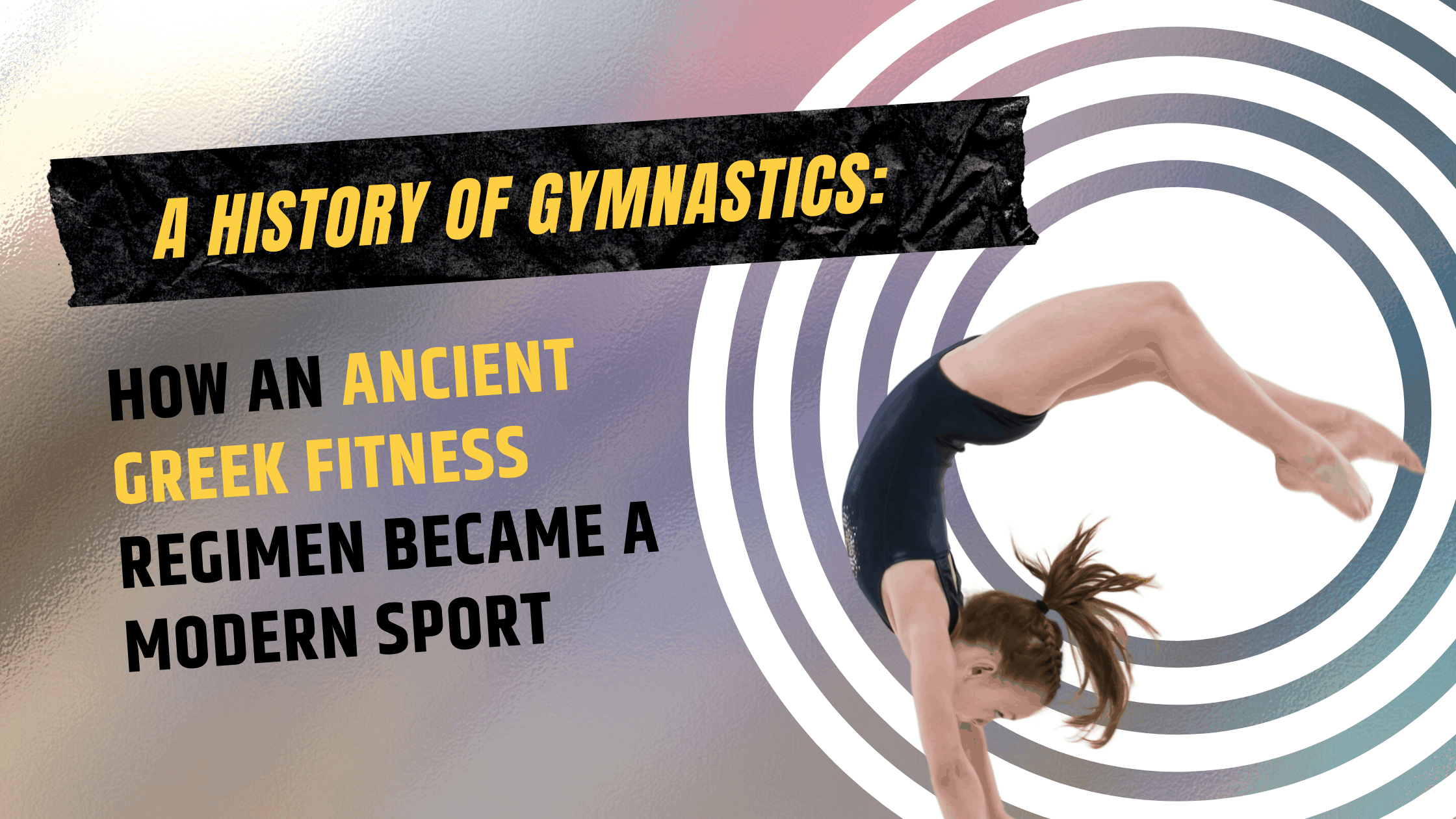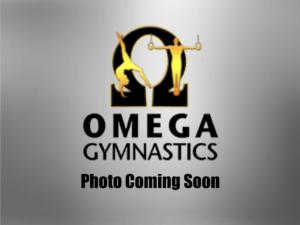Gymnastics is a wonderful sport with a colorful history that reaches back more than 2,500 years. How did this sport that we love came about and evolved over those years? Let’s take a look at the history of gymnastics.
Ancient Greeks viewed gymnastics as a mind-body discipline.
Gymnastics has its origins in the Greek cities of Athens and Sparta. In fact, the word “gymnastics” comes from the Greek word “gymnos,” which means “to train naked.”
The Greeks, both men and women, highly prized having a fit physique and worked hard to achieve it. Gymnastics exercises back then included running, tumbling, swimming, lifting weights, and wrestling. The Greeks showed off their physical form by competing in these exercises naked in the ancient Olympic games.
Gymnastics, however, was more than for showing off fit and toned bodies. The Greeks valued having a sharp mind as well. Thus, their gymnasiums weren’t just places where they exercised their bodies. They’re also venues for discussing art and philosophy.
Ancient Romans saw gymnastics as an exercise for war.
The Greek city-states eventually fell under Rome, and Rome’s customs became part of the daily living across the vast Roman empire. Nonetheless, the Romans picked up many elements of Greek culture, including the practice of gymnastics.
The one thing that the Romans did differently was making gymnastics exclusive to the military. The practice became a way of conditioning soldiers so they could be ready for battle at any moment. Ordinary citizens were banned from the practice.
Because of this, gymnastics faded away when the Roman Empire fell. Some gymnastics exercises like tumbling and acrobatics were performed by entertainers during the Middle Ages and the Renaissance.
Gymnastics evolves as a modern sport in 19th-century Europe.
The history of gymnastics took a turn in 19th-century Europe. In 1793, Johann Christoph Friedrich GutsMuth, a German educator, wrote “Gymnastics for the Youth.” This book is considered to be the first coursebook on gymnastics. It included classical Greek exercises and forms that GutsMuth himself invented. For his work, GutsMuth earned the title “grandfather of gymnastics.”
In 1811, Johann Friedrich Ludwig Christoph Jahn founded the German gymnastics movement. He started this movement to lift his countrymen’s spirits after Germany’s humiliating defeat against Napoleon Bonaparte. Jahn is credited for inventing the parallel rings, high bar, and parallel bars—apparatuses still used today. For his work, Jahn is often referred to as the father of modern gymnastics.
From Germany, gymnastics spread throughout Europe. It also made its way to the United States. German scholars Charles Beck and Charles Follen opened the first gymnasiums in the US in Massachusetts in 1826. At the same time, American writer John Neal started his own gymnasium in Maine and established the American gymnastics movement.
Gymnastics became an Olympic sport in the 20th century.
Gymnastics has become widespread in Europe and North America by the late 1800s. Thus, it was a given that it would be included in the first modern Olympic Games in 1896. At the time, though, only men competed in the sport.
By the 1920s, however, the sport became popular among women as well. Women also started participating in national and international competitions, although their events were often limited to exercises like calisthenics. Women’s gymnastics became an official Olympics event in 1936. In 1954, both men’s and women’s gymnastics took on the modern format and point system that is in use today.
The history of gymnastics is indeed a long and colorful one. With its current popularity and the inspiring athletes that inhabit its stage, there’s no doubt that the sport will continue for years and years to come.









































